Distribution Dilemma: Is It Worth the Risk?
Craft brewery expansion plans are not what they used to be. Traditional paths to profitability usually go something like this: open a taproom, start selling beer to a few neighboring businesses (if that’s legal in your state), buy a packaging line, grow your footprint locally, sign a distribution contract with a wholesaler, expand to new markets and enjoy copious amounts of revenue. But this isn’t 2013 anymore.
Once characterized by relentless growth and boundless opportunities for expansion, the craft beer industry faces new brand expansion challenges due to market saturation, shifting consumer tastes, poor economic conditions, industry maturity and woeful conditions in the wholesale channel. And the subject of distribution is causing the largest headaches for owners and operators these days. Breweries that have relied on the middle tier to help them grow their brands are now finding that reliance on distribution is potentially not a risk worth taking.
Expansion Roadblocks
Small craft beer producer issues with the middle tier go deep into the historical record. Issues range from post-prohibition era laws that limit market entry to modern post-COVID shutdown economic and consumer trends. Regulatory environments in 12 different states require breweries to be aligned contractually with a beer distributor, not even allowing for self-distribution as an option.
These regulations not only hinder ease of entry into the wholesale market for many brands, they also limit profitability. Limitation comes in the from of an additional price markup in the equation when adding wholesalers to the supply chain. This means brands are making less of a profit margin on any product they sell through their distribution partner. In 47 states, there exists some type of “franchise” law that basically locks craft beer brands into contractual agreements with distributors that are tougher to absolve than a marriage contract.
A Choice in Distributors
The sheer number of distributors to choose from has also proven to be an issue. With about 4,500 beer distributors on the books in 1980, today that number now hovers around 3,000, giving craft breweries less choices when it comes to wholesaler partnerships that are advantageous for both parties. Beer distributor M&As have also been a hot debate in recent years, with large corporations like the Reyes Holdings, Breakthru Beverage and Southern Glazers Wine & Spirits swooping in and buying up smaller, independent beer wholesalers.
This has given rise to co-ops and smaller industry trade groups like the California Family Beer Distributors group, which aims to protect the market share of independent beer wholesalers and craft brands. The struggles of the craft beer industry during 2020 also led to the degradation of wholesaler personnel. Beer distributors now find themselves strapped for personnel, whether it’s sales representatives or delivery drivers. This translates into less-than-ideal performance for the brands they represent.
In a time where craft breweries are desperately searching for additional revenue streams, limitations in the wholesale channel make it difficult for many brands to even consider distributing their products through a wholesaler or entering the wholesale channel in general just for the nominal financial gains.
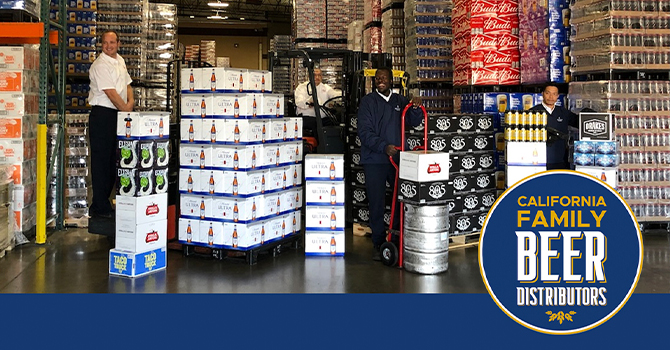
When Distribution Goes Wrong
Something new on the craft beer industry radar is the exposure to stories of distribution disasters. As more and more brands seek alternative distribution models for market expansion, the greater the risk of things going wrong. Most recently this was the case with Bevana Partners, a craft brewery-adjacent company designed to ease the growing pains of expansion for craft beer brands. Bevana Partners claims to assist growing craft beer brands with distribution through contract brewing, brand licensing, sales and distribution support and e-commerce services. In an article for Good Beer Hunting, Kate Bernot exposes some of the shortfalls of Bevana Partners, ranging from underperformance to lack of payment to suppliers. The most prominent case being that of Georgia-based Pontoon Brewing that is filing Chapter 11 bankruptcy due to Bevana’s lack of payment for products in the six figure range. Since the article was published on November 27, another brewery, Charlottesville, Virginia’s Champion Brewing Company has also come forward with claims of non-payment of royalties against Bevana.
Taproom Advantage
So if you’re a craft beer brand and want to expand your revenue universe, but also want to avoid the wholesale channel, what do you do? For most brewery owners, they begin to consider opening an additional location. The taproom only model was actually extremely successful pre-2020, but as soon as on-premise shutdowns went into effect, the “own-premise” model became very risky and many existing taprooms didn’t survive.
Now that restrictions have been lifted for a few years and customers are getting out of the house more, it would make sense that taproom models would be the honey hole owners are seeking. For some brands, additional locations have been the key to their success, like Hi-Wire Brewing of Asheville, North Carolina and Monday Night Brewing of Atlanta, Georgia, but for many smaller producers the cost of opening another taproom is just too much debt service to bear, not to mention rising interest rates severely limit the potential of borrowing for expansion purposes.
Considerations for Taproom Expansion
Many financial experts in the industry are very bullish about this business model as of late, but what works for one brand, might not work for everyone. Yes, the direct profits are there, without the middle-man, but lack of foot traffic and bodies in seats are also a challenge that craft brewery taprooms are facing.
While consumers are again going out and on-premise has shown light at the end of the tunnel, people just aren’t spending as much as they used to. And when they do go out, they aren’t choosing taprooms as a destination, because of lack of food or entertainment. “Going out” occasions are seen as special events, with many consumers choosing taproom alternatives like fine dining, restaurants or other on-premise locations that specialize more in wine and spirits, instead of beer. So while the taproom only or multiple taproom model can be successful, careful strategic business planning and competitive landscape research is something that brewery owners should be drawing into their expansion plans.
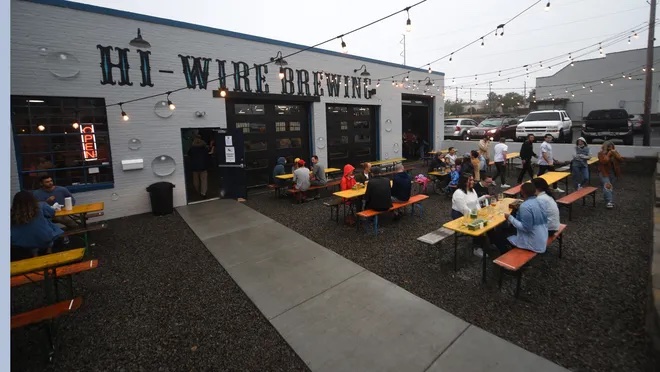
Path Forward
The decision to enter the wholesale channel with a distributor or keep things on-site will most likely be up for debate over the next 2-5 years until the craft beer industry is back on the upswing. One thing is clear heading into 2024—expansion strategies for craft breweries will be as varied as the styles they create. As the golden years of the 2010s fade into the distant background, brands entering the market will have to forge a different path than those pioneer brands that blazed the foundation for the rapid growth of the craft beer overall. The smaller up-and-coming brands that are struggling to maintain long term growth will need to dig deep into their bag of tricks to find revenue in unlikely places.
As the industry continues to mature, reinvention will be the key to success!


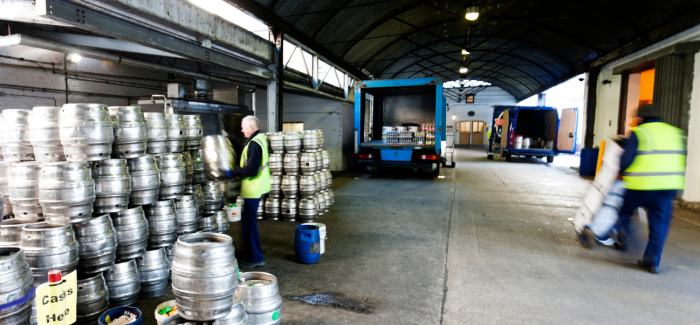



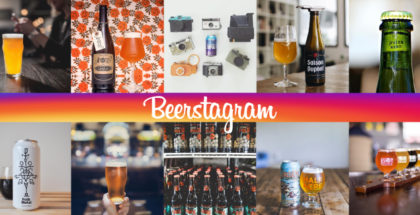
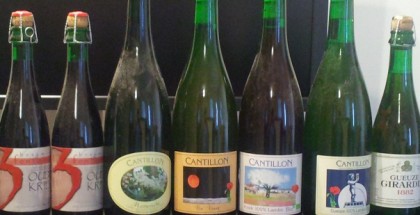
Submit a Comment